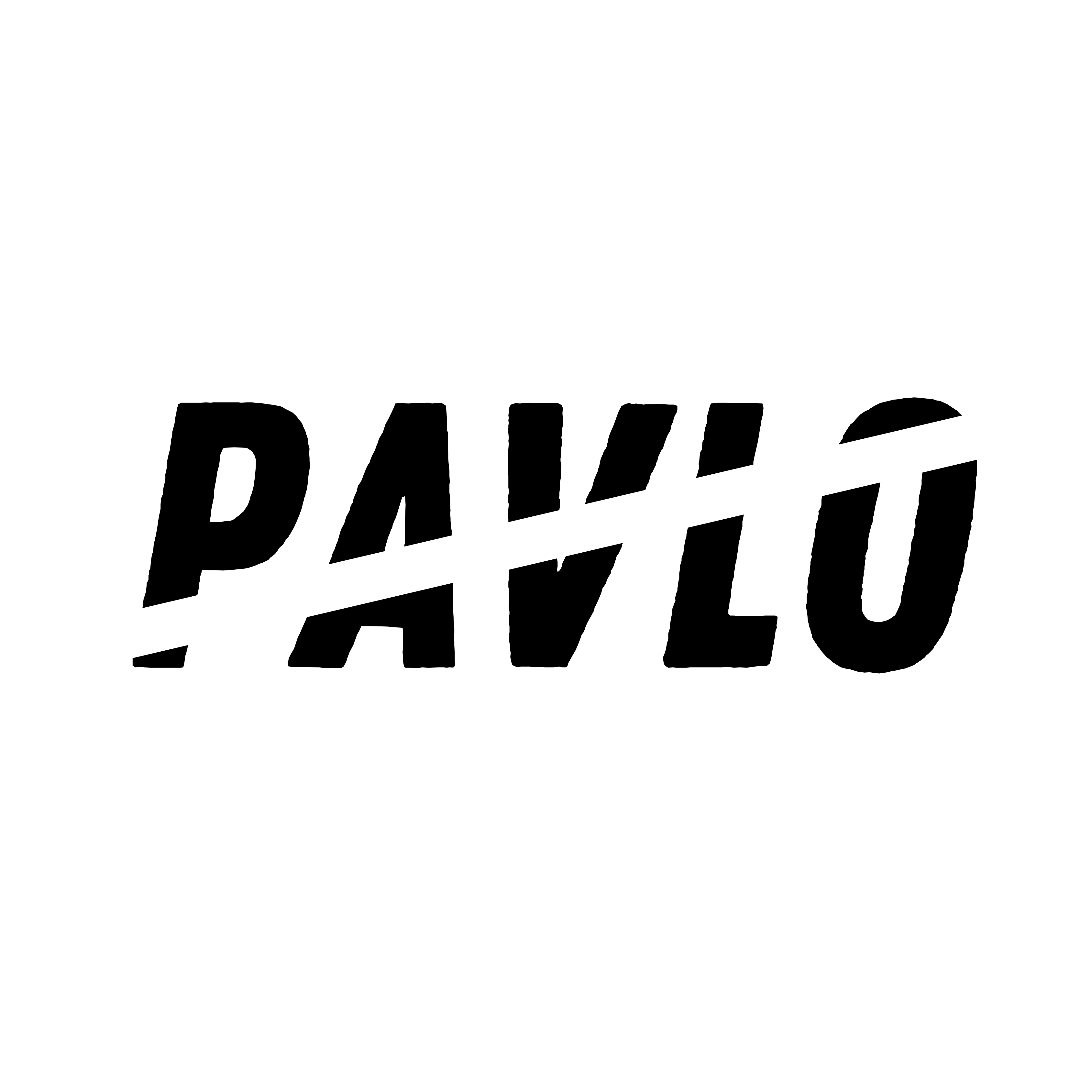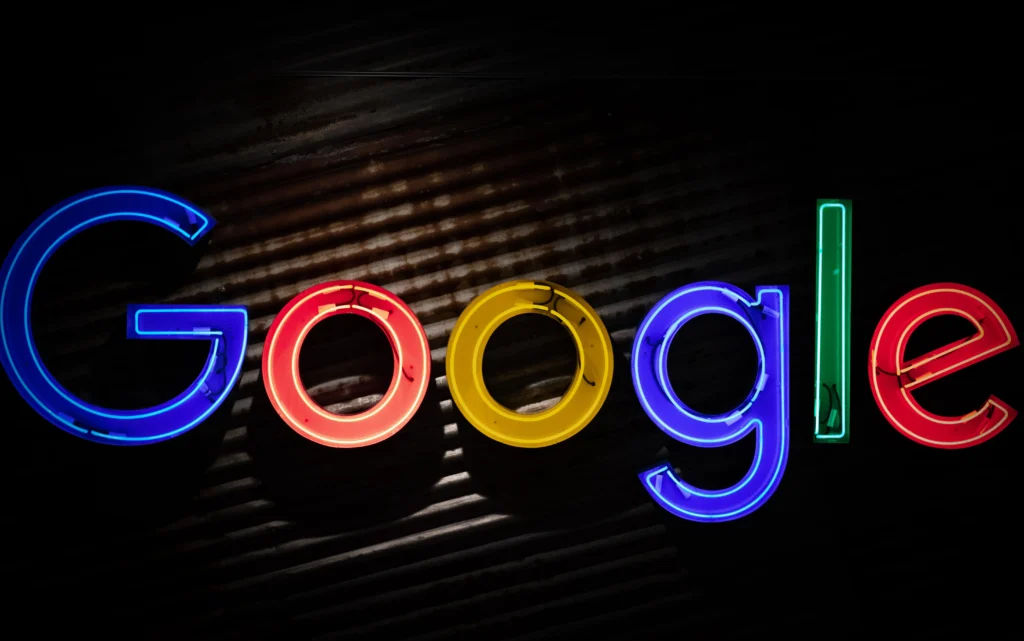
On September 4, 1998, two young Stanford doctoral students try to put into practice the hypotheses present in their thesis. Thus Google was born
Just seventeen years old. Seventeen and don’t look it. On September 15, 1997, one of the many experimental search engines that appeared like mushrooms in the early days of the web made its appearance on the Internet. It was a project carried out by two doctoral students from Stanford University whose aim was to “organize the world’s information and make it universally available and useful”. Not a small thing for the young Larry Page and Sergey Brin, who were investing much of their time as doctoral students and a good part of their chances of being successful in the nascent universe of the web in that project called Google .
The years at Stanford
The development of Google and the information technologies that underpin it began about a year before its online launch. It all started with a project for the digital cataloging of bibliographic material in the University’s possession ( S tanford Digital Library Project , SDLP). Larry Page had to develop an algorithm capable of maximizing search criteria and performance within the boundless catalog of the university library. Meanwhile, Page began to become interested in the dynamics related to the web and to think of its structure as an immense graph, with various nodes distributed globally and connected to each other.
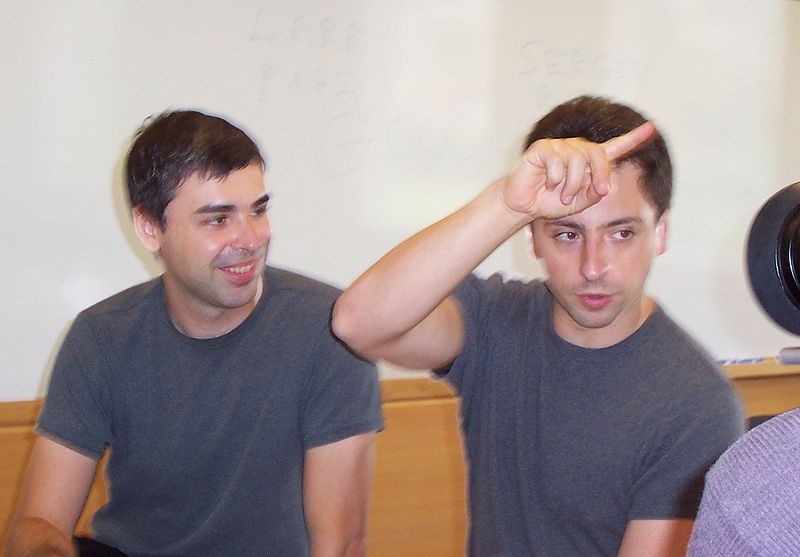
In that same period, relations with the doctoral student of Russian origin Sergey Brin became increasingly close. The two began to work together and work on the development of a search algorithm for the web that was able not only to catalog results not only based on the number of times the searched term appeared on a page, but also based on the relevance and importance of the page itself. The two decided to call this algorithm PageRank and, despite all the improvements and the years that have passed, it still remains the foundation of searches carried out through Google.
The friend’s garage
Once the functionality of PageRank had been verified through experimental methods within the Stanford intranet, it was time to hit the open seas. Page and Brin, as often happened with small web start-ups, established the first corporate headquarters inside the garage of a mutual friend of theirs – Susan Wojcicki , now senior vice president of Google – in Menlo Park, California. The first hire was Craig Silverstein, also a student at Stanford University. The first months were anything but simple: the first funding arrived only in August 1998 – 100,000 dollars donated by Andy Bechtolsheim, founder of Sun Microsystem – while initially the site was hosted by Stanford’s servers.
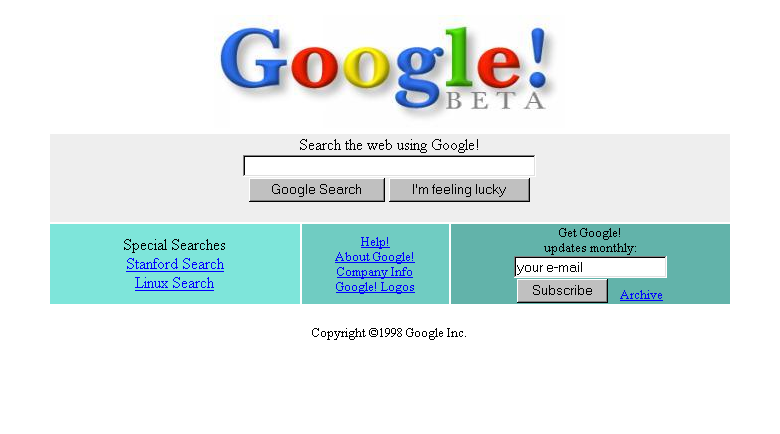
Google, however, was growing visibly and was taking more and more time away from the study of the two doctoral students. At the beginning of 1999 Brin and Page attempted to monetize their discovery by offering their algorithm to Excite in exchange for 1 million euros. The two were returned to the sender with several losses. On June 7, 1999, Google closed a new round of financing, bringing home $19 million. In March of that year Google also changed its headquarters, moving to Palo Alto.
The arrival on the stock exchange
Following a slow and gradual growth process, Brin and Page decide that it is time for the big step towards going public. On August 19, 2004 , Google launched its initial public offering, placing over 19 million shares on the market with a starting price of $85. The sale, followed by the investment banks Morgan Stanley and Credit Suisse, brought in just under $2 billion , making Google’s overall value jump to around $27 billion . Many early Google employees – often paid in company shares – immediately became millionaires. Larry Page and Sergey Brin in the lead, of course.
Meanwhile, Google had finally found its home. In 2003, it moved again, this time to 1600 Amphitheater Parkway in Mountain View , since then known as the Googleplex. Three years later the complex was purchased by Google for over 300 million dollars.
The acquisitions
Over the years, Google also became famous for its spectacular – and in some cases unexpected – acquisitions. The most famous of all undoubtedly remains that of YouTube, a YouTube video sharing service which, in the space of a few months, had conquered millions of users all over the world. The deal was finalized on November 13, 2006 for $1.67 billion in Google stock .
The following year it was the turn of DoubleClick , a strategic acquisition to expand the know-how of the Big G company in the field of online advertising. Cost of the operation 3.1 billion dollars.
In August 2011 Google invested, perhaps for the first time in its history, in something “material”: Motorola’s telephony division was acquired for 12.5 billion dollars. A move disputed by many, but strategic for Larry Page and Sergey Brin. The large number of patents in Motorola’s possession, in fact, has repeatedly shielded Google from possible lawsuits for violations of material protected by copyright.
A few months ago, however, was the acquisition for 1 billion dollars of Waze , the start-up creator of the social navigator of the same name for smartphones.
The Doodles
Since its inception, Google’s homepage has been characterized by a simple and linear style. From time to time, however, Google graphic designers and creatives give free rein to their imagination by presenting Doodles , artistic reinterpretations of the classic Big G logo.
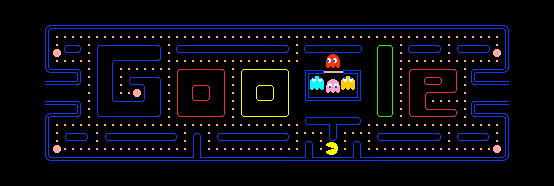
From national holidays to international anniversaries, from commemorations for recently deceased famous people to celebrations for VIP birthdays (among others Andy Warhol, Albert Einstein, Leonardo da Vinci, Rabindranath Tagore, Louis Braille, Percival Lowell, Edvard Munch, Nikola Tesla , Béla Bartók, René Magritte, John Lennon, Michael Jackson, Robert Moog, Akira Kurosawa, Satyajit Ray, HG Wells, Freddie Mercury, Samuel Morse, Hans Christian Ørsted, Mahatma Gandhi, Dennis Gabor, Constantin Brâncu?i, Antonio Vivaldi, Abdel Halim Hafez, Jules Verne and Leonhard Euler), Doodles have practically covered every field of human knowledge.Fastweb Mobile Full
9€.95/monthInternet 200 GB and unlimited minuteswith 2 months of free offer!YOU DISCOVER
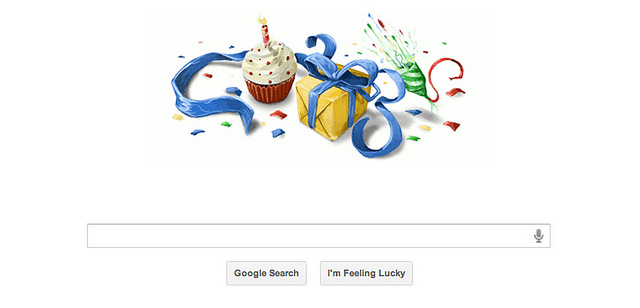
The first Doodle dates back to 1998 and was created by Brin and Page themselves. Since then the Doodles have been the work of Dennis Hwang. And, with the introduction of Google+, a personalized Doodle appears on each user’s homepage on their birthday.
A world beyond
Following the success recorded by the launch on the stock exchange, the Mountain View company was able to develop an expansionist strategy that went well beyond the world of “mere” web search. Google today is a hi-tech multinational (if not THE multinational), capable of offering productivity services online (such as the Gmail email service or the suite of office applications linked to Google Drive ) and offline (the program of Picasa graphics or Google Earth , among others).
Since 2003 (first as a simple financier, then as owner) Google has contributed to the development of the open source Android mobile operating system, while in 2009 Chrome OS was launched , a web-focused operating system aimed at medium-low range notebooks and netbooks .
Stronger commitment to the mobile world
Since June 2012, Google has further strengthened its position in the mobile device market with the acquisition of Motorola ‘s telephony division for approximately 12 billion dollars. A strategic choice, rather than a market one: Google is already present in the sector as a co-producer thanks to the Nexus smartphones and tablets (the Nexus S, the first of the line, dates back to 2010). Big G’s real objective is to acquire the large patent portfolio of the US company, so as to protect itself from possible legal troubles (between 2010 and 2012 the mobile telephony panorama was shaken several times by the legal wars between Apple and Samsung). It is no coincidence, therefore, that the love story between Google and Motorola did not last long: in 2014 the Mountain View company sold Motorola Mobility to the Chinese Lenovo for just over 2 billion dollars: a net loss of 10 billions of dollars approximately, well compensated, however, by the 11 thousand patents in the mobile telephony sector remaining in Big G’s belly ( in addition to the project to develop a modular Ara smartphone ).
Total society
Smartphones and tablets are just one of the passions developed over time by the Mountain View company. Remaining in the field of telephony, Google has also shown interest in other aspects of this sector with innovative projects such as Google Fiber and Project Loon. In the first case, Big G acts as an Internet service provider , cabling the city of Kansas City with fiber optics and offering ultra-broadband connectivity at competitive prices. Project Loon , on the other hand, aims to break down the digital divide and bring Internet connection even to areas that are underdeveloped and disadvantaged or difficult to reach by telephone line.
For years, Google has also been interested in the automotive sector , focusing however on cars capable of driving themselves using motion sensors, on-board cameras and other hi-tech sensors . In the first half of 2015 Big G showed the public the first self-driving car prototype approved for road circulation: an electric toy car without a steering wheel or pedals capable of reaching a speed of around 40 km/h.
Even augmented reality is not free from influences coming from Mountain View. With Project Glass , Google attempted to make a technology that was still in its early stages of development commercially attractive . According to Sergey Brin’s plans, Google Glass should allow widespread diffusion of augmented reality, gradually replacing the smartphone in everyday life. At the moment, however, the Alphabet President’s prophecy has not come true and Google Glass is on standby waiting to be rethought and launched again.
All these projects are characterized by a single common thread: Google [X] . Big G’s wonder laboratory , directed by Sergey Brin and captained by Astro Teller , has launched some of the Montain View house’s most interesting and futuristic projects and many others are in the pipeline.
Alphabet
To respond to the profound changes that have affected it in recent years – from a simple search engine to a company active in the fields of the web, cloud, mobile and landline telephony, automotive , virtual reality , space exploration and much more – Larry Page and Sergey Brin decide to make their creation grow . Thus was born Alphabet , a financial container within which all the companies and all the economic-financial interests of the Mountain View group would converge.
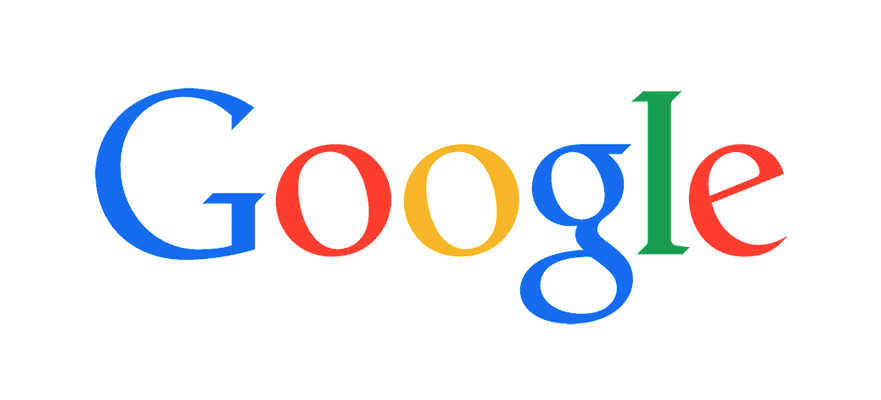
Google itself is transformed into a division of the new holding company , which will soon land on the stock exchange, replacing Google. The goal is to create a more streamlined and modular company, capable of responding to changes in the financial landscape more quickly and immediately. For the occasion, the Google logo has undergone a restyling .
Virtual reality and artificial intelligence
Google’s latest great challenge is called artificial intelligence. At the October 2016 event, in addition to launching the new Pixel smartphone series , the Mountain View company also presented its new corporate policy: Google’s efforts will focus on artificial intelligence . And Google Assistant is only the first step towards a total redefinition of the services offered by the Mountian View company. Google’s new personal assistant is much more “intelligent” than Google Now and is capable of predicting users’ needs.
In addition to artificial intelligence, Big G is also investing heavily in the virtual reality sector. After the experience with Google Cardboard, the Mountain View company has developed a new VR viewer: Google Daydream . Low-cost device, it takes advantage of the new virtual reality platform developed by Big G and right from the start it promises support for hundreds of applications created specifically for virtual reality. But that’s not all: Google is also experimenting with a virtual reality viewer that doesn’t need a smartphone to work. But we will have to wait a couple more years.
